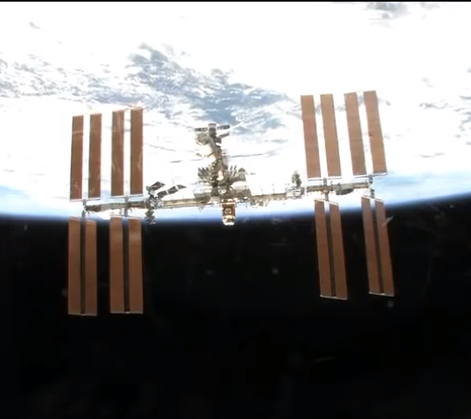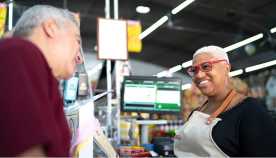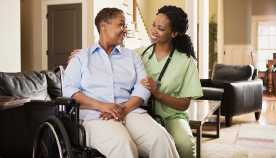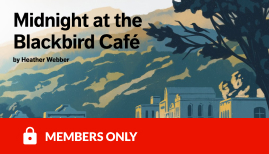AARP Eye Center
At AARP, we take good health to heart, which is why we have a website devoted to health topics and tips for staying healthy. Whether it’s advice on losing those extra pounds or help on staying mentally fit, we have good advice from experts to share with you.
At www.aarp.org/health, there’s also information about bone loss, which is a real concern in the 50+ community. AARP knows how dangerous osteoporosis can be and the toll it can take on our body and freedom. In fact, studies show that one in four men and half of all women will break a bone due to this debilitating disease. The risk to developing this disease increases with age. Currently in the U.S., 1 million adults suffer from osteoporosis.
We know that here on Earth, it is important to do strengthening exercises like yoga, aerobics, tai chi and walking. Lifting grocery bags or canned goods are also good. This activity will not only strengthen your muscles, but they will keep your bones strong, say doctors. We’ve put bone-strengthening exercises on our AARP YouTube Channel. In addition to exercise, eating calcium and vitamin D rich foods or supplements are also good preventive actions.
While we can make those changes here on Earth, the way we fight certain diseases may change because of experiments that are occurring today aboard the International Space Station (ISS).

Tara Ruttley is an associate program scientist for the International Space Station. She said that NASA has been working on ways to keep astronauts’ bones healthy during space travel because in order to have healthy bones you have to use them. It turns out that research results from NASA’s studies on the ISS are important in combating osteoporosis here on Earth, too.
“Our astronauts in space begin to lose bone if they’re not walking, jumping, climbing daily like they do on Earth,” said Ruttley. “They simply become an accelerated model for osteoporosis.”
Astronauts in space could lose 1 to 2 percent of bone mass per month if they are not receiving treatment, said Ruttley. To ensure a healthy outcome, Ruttley said NASA has found improvements using a combination of exercise and nutrition.
“The good news is that the bone is breaking down and rebuilding (a natural process for all of us here on Earth),” said Ruttley. “The thing we don’t know is the inside quality of the bone, which is critical in injury prevention. Our next step is to use imaging devices to tell us what the inside of the bone structure quality is like.”
For more information, visit aarp.org/health or go to www.nasa.gov/iss-science .























































